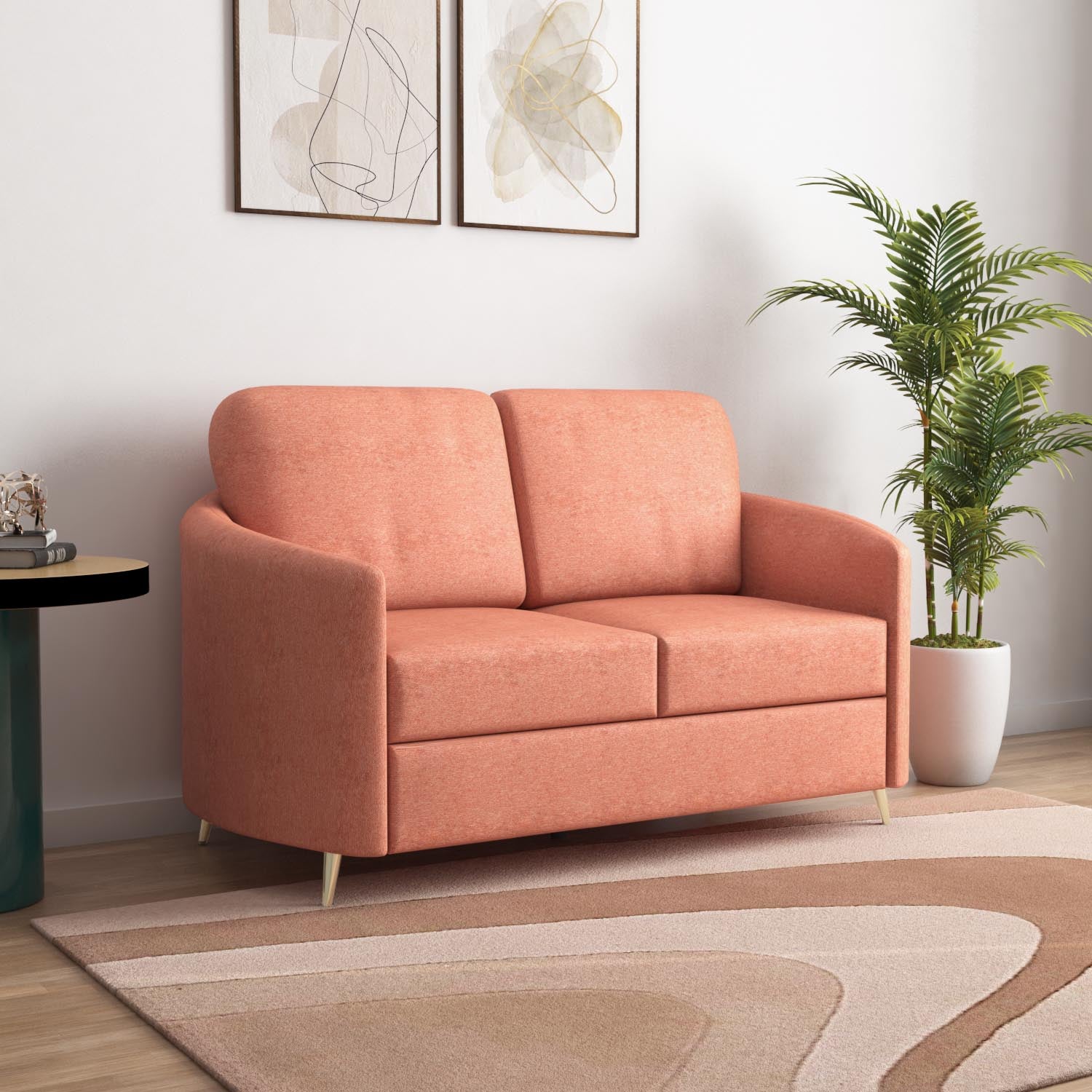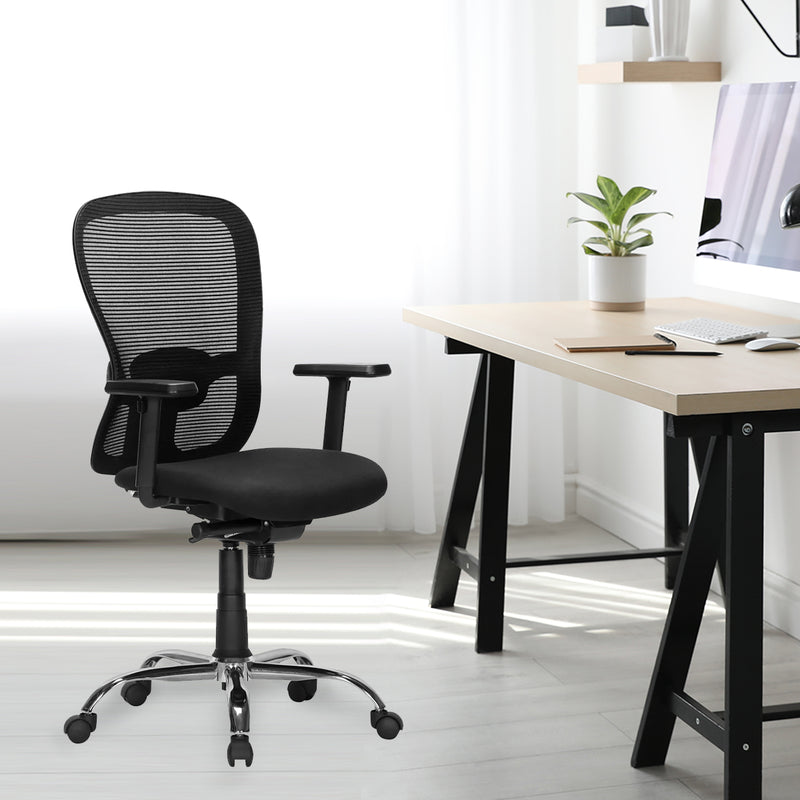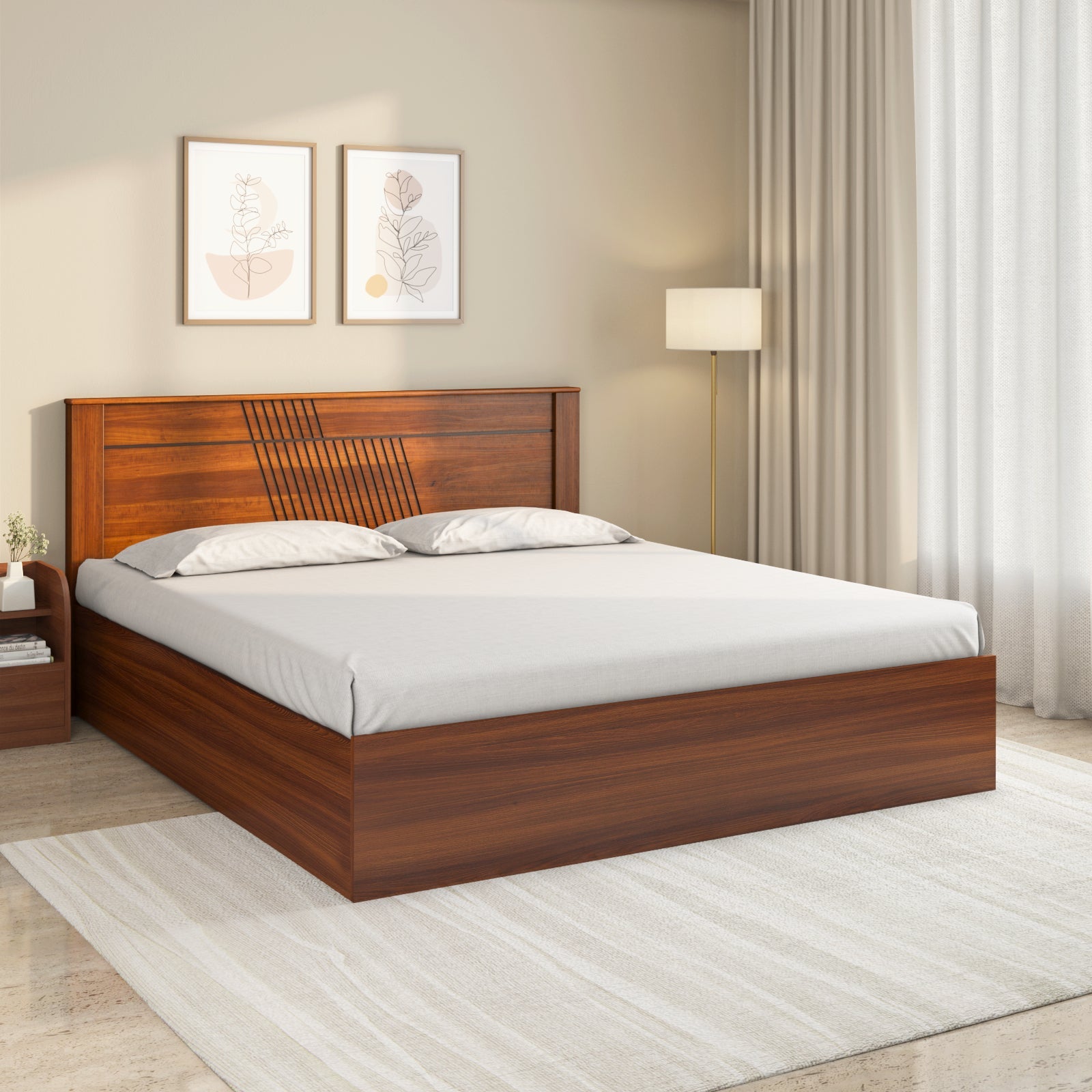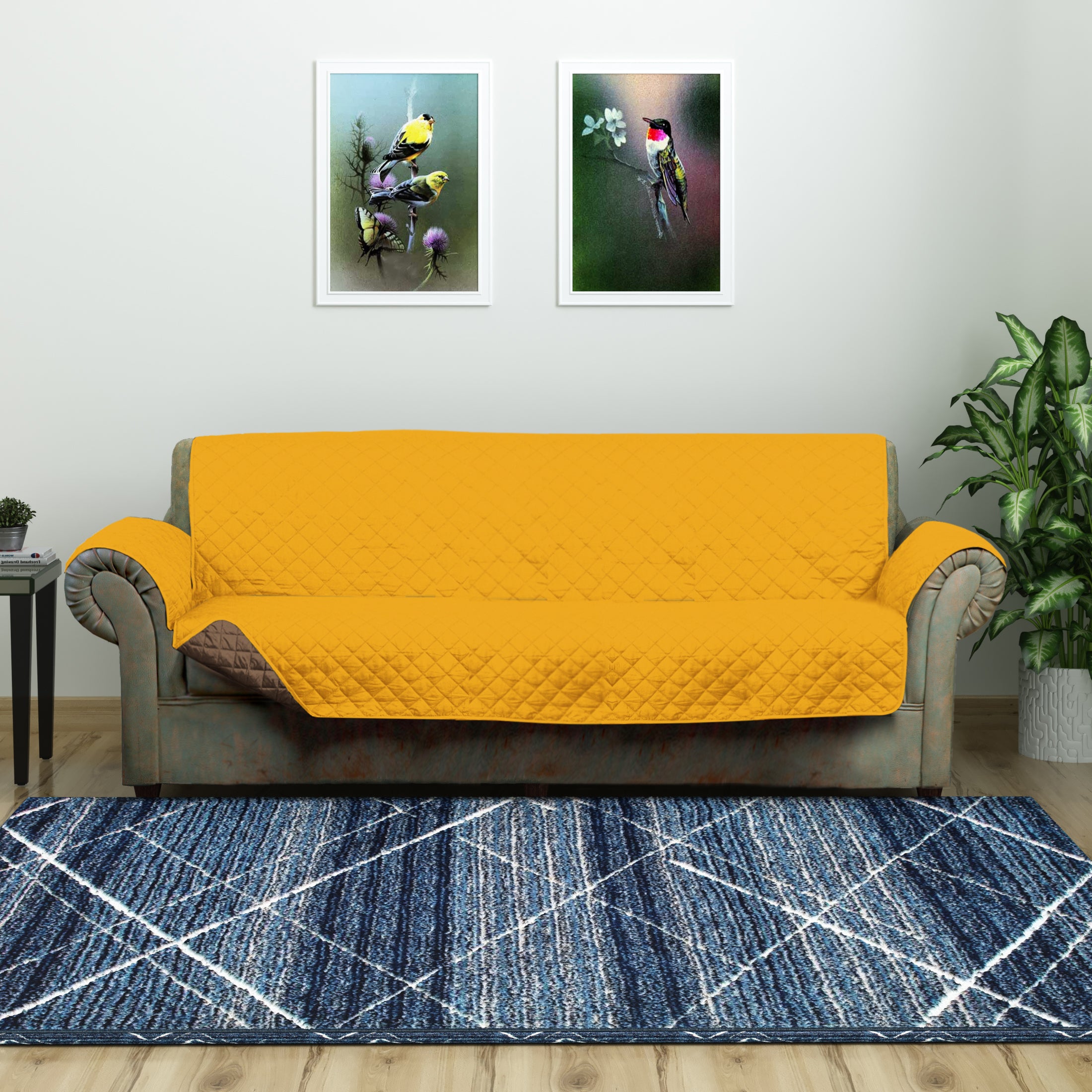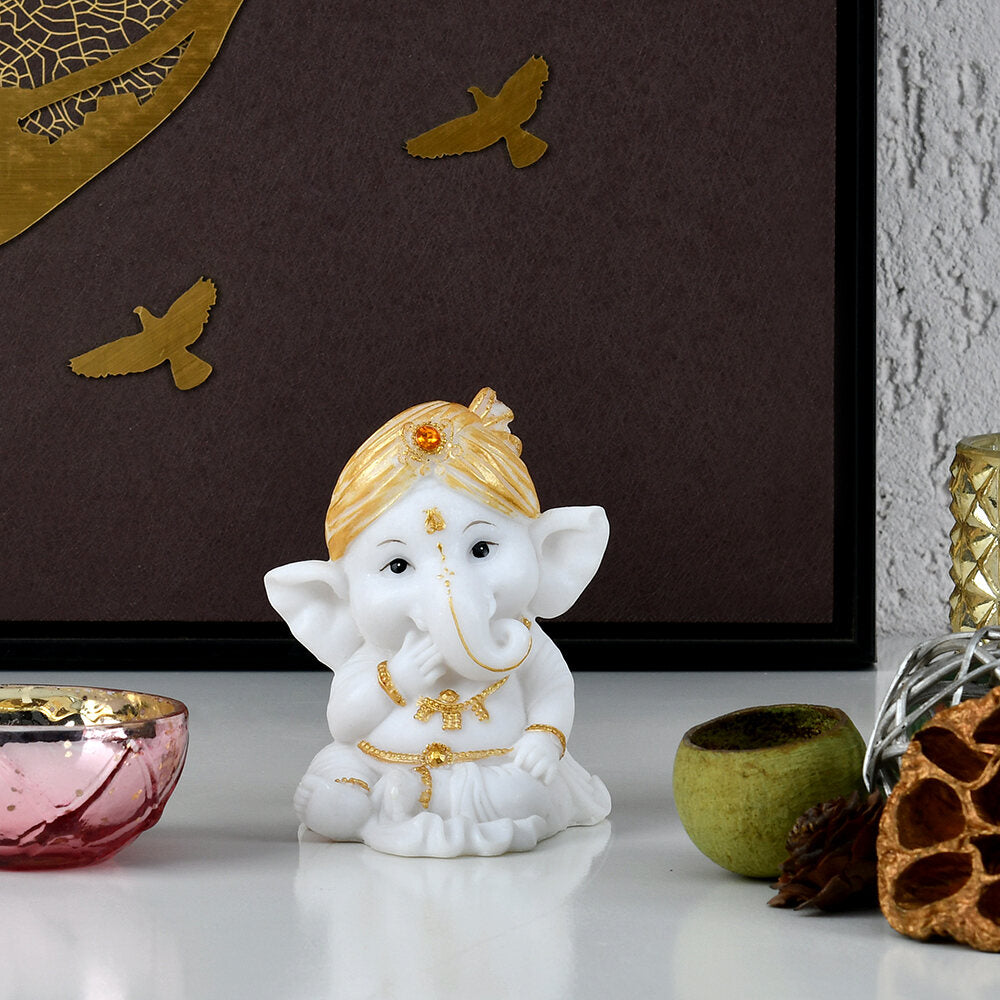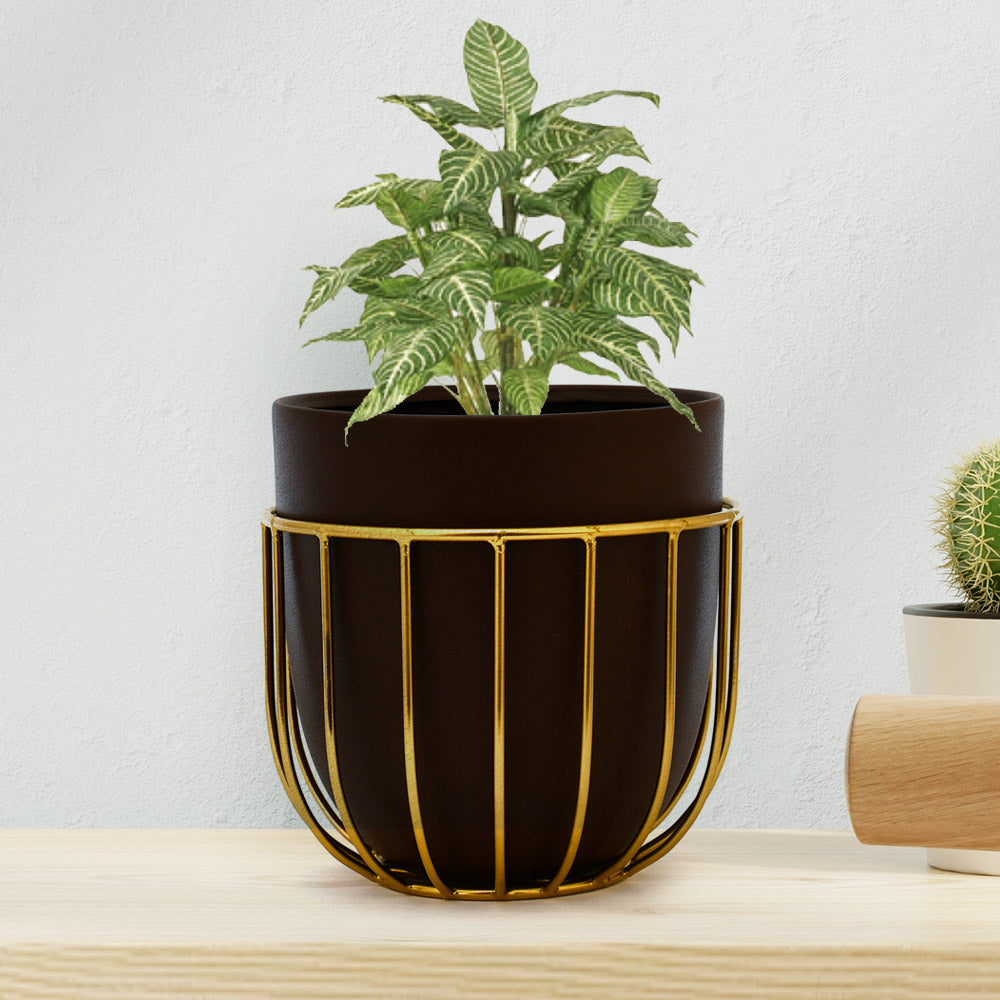Wooden furniture has long been known for its classic beauty, earthy look, and lasting durability. However, it can be highly susceptible to one of the most persistent household problems: fungus. Fungal growth on wooden surfaces is not only aesthetically displeasing but can also compromise your furniture's integrity over time, causing long-term harm if left untreated. In wet environments, the problem is amplified, and prevention is as important as cure.
If you've just found patches of mold or mildew attached to your wooden cabinets, wardrobes, or chairs, wooden dining chairs, wooden dining table 6 seater, wooden bed without storage, wooden queen size bed, you're not the only one. The good news is that there are effective solutions available. By using a blend of practical measures, the appropriate tools, and regular maintenance, you can easily keep your wooden furniture safe from fungus and restore it to its former glory. In this article, we will see the most effective ways of removing and preventing fungus from wooden furniture in your home.
Identifying the Source of the Problem
Fungal development in wood usually presents itself as stains—usually black, green, or white—and results from extended periods of exposure to moisture. This may be from water accidents, damp air, or improperly placed furniture near wet walls. If not detected early, the fungus can break through the wood's surface, weakening its structure and visual appeal.
Aside from the aesthetic damage, fungal infestations can cause respiratory problems and allergic reactions. This is the reason why early detection, and a systematic cleaning regimen are essential.
Step 1: Identify and Isolate the Affected Area
Prior to any cleaning attempt, begin by marking all the infected areas. If the item is movable, take it outdoors to a well-ventilated and dry place in order to avoid cross-contamination. This isolation process prevents the spreading of fungal spores to other surfaces or pieces of furniture in your home.
Inspect beneath the surfaces, at the back of the furniture, and along joints—fungus tends to survive in unnoticeable crevices. Have a towel ready to brush away any loose moisture or debris while inspecting.
Step 2: Make a Mild Cleaning Solution
Strong chemicals are destructive to the wood, particularly if the finish is varnished or old. To avoid this, use an easy homemade solution of equal parts water and white vinegar. White vinegar is a natural antifungal ingredient and can be used on most wood finishes.
Soak a soft cloth or clean towel in the solution and wring it out so it's damp but not dripping. Wipe over the affected area gently, being careful not to wet the wood. Allow the vinegar to sit for 10–15 minutes before wiping over with a dry towel.
For stubborn areas, a paste of water and baking soda can be applied with a soft-bristled brush and wiped off. Never use metal brushes or anything abrasive since they will scratch and cause damage to the wood grain.
Step 3: Dry Thoroughly and Immediately
The best friend of the fungus is moisture, so it is essential that the furniture is dried completely. Dry any remaining surface moisture with a towel after cleaning. Where feasible, put the furniture or dining room furniture
in direct sunlight for several hours—UV light naturally suppresses fungal growth.
In addition, a dehumidifier or fan can be utilized in closed rooms. Maintaining fast and thorough drying is critical to avoid regrowth.
Step 4: Sand and Refinish if Necessary
Where the fungus has invaded deeper into the wood or caused prominent staining, sanding can be done. Gently remove the infected layer using fine-grit sandpaper. Sand always in the direction of wood grain to preserve its finish.
Once the region is smooth and clean, consider applying an anti-fungal polish or wood sealant to repel moisture. Choose a product specifically designed for indoor wooden furniture to avoid using harsh chemicals that could damage the wood.
Step 5: Dry and Ventilate the Room
One of the best methods to bid farewell to fungus forever is to regulate your indoor climate. Wooden furniture loves dry, ventilated areas. Make it a habit to open windows regularly, use exhaust fans, and run a dehumidifier during humid seasons like the monsoon or winter. These simple practices can significantly reduce moisture buildup and protect your furniture long-term. Do not push furniture hard against walls, particularly those with a dampness problem. Provide a gentle gap for ventilation. Additionally, do not cover wood surfaces with plastic wraps for extended periods since it helps retain moisture.
Install a small moisture absorber or packets of silica gel within wooden wardrobes or drawers. These are cheap and prevent humidity accumulation, resulting in fungal growth.
Step 6: Regular Cleaning with Preventive Measures
Including wood furniture in your weekly cleaning routine is important. Clean surfaces with a dry or slightly moist cloth on a weekly basis and clean up immediately after water spills.
You can also make a gentle cleaning spray using a few drops of tea tree oil dissolved in water. With its antifungal effects, the tea tree oil provides a natural coat of protection without affecting your furniture finish.
In humid seasons, sprinkle baking soda within drawers or cabinets to draw in excess moisture. Replace it every few weeks for best effect.
Long-Term Protection Tips
-
Make use of furniture coasters to lift wooden legs off the floor, particularly on carpeted or wet floors.
-
Choose breathable materials if you place slipcovers or tablecloths.
-
Don't store damp or just-washed clothes in wooden wardrobes. Dry clothes completely before storing them.
-
Always towel-dry kitchen or bathroom wooden fixtures after use.
These diligent, regular habits keep your wooden furniture or wooden dining chairs looking its best for years to come.
When to Call in the Professionals
If your wooden furniture or wooden dining table 6-seater develops deep black spots, has a musty odor, or if the damage seems structural, it might be time to call a professional restoration service. Certain infestations go beyond surface cleaning and need professional treatment to save the piece.
Pieces with sentimental or antique value, especially, need to be treated gently by qualified experts who know how to work with the wood without diminishing its character.
Conclusion
Fungus is persistent, but it is not invincible. With the integration of preventive routines, removing sources of moisture, and employing basic household equipment such as a towel, you can preserve the beauty and integrity of your wooden furniture or wooden bed without storage.
In homes today, where style and functionality are both important, well-cared-for wooden furniture is a testament to care and considerate living. For those looking to invest in high-quality wooden furniture designed specifically for Indian homes and conditions, Nilkamal Homes offers a thoughtfully curated selection that prioritises durability, aesthetics, and long-term value. Our promise of quality guarantees that your furniture looks good—and lasts.
With proper knowledge and proactive maintenance, you can confidently bid goodbye to fungus and say hello to a healthier, more refined indoor environment.
Frequently Asked Questions
1. How can I prevent fungus from returning on my wooden furniture?
Ensure your furniture stays dry, well-ventilated, and regularly cleaned. Use silica gel packets inside drawers and apply a wood-safe antifungal polish for long-term protection.
2. Should I keep wooden furniture away from walls during the monsoon?
Yes, always maintain a small gap between furniture and walls—especially damp ones—to encourage airflow and reduce moisture buildup.
3. What are the early signs of fungus on wood furniture?
Look for discolouration (black, green, or white patches), a musty smell, or soft spots on the surface. These are early indicators of fungal activity.
4. How often should I clean my furniture during humid weather?
Clean at least once a week with a dry or slightly damp cloth. Increase frequency if you notice condensation or live in a high-humidity zone.
5. Does sunlight help in preventing fungal growth on wooden furniture?
Absolutely. Sunlight acts as a natural antifungal agent. Exposing furniture to direct sunlight for a few hours can effectively kill spores and keep the surface dry.

